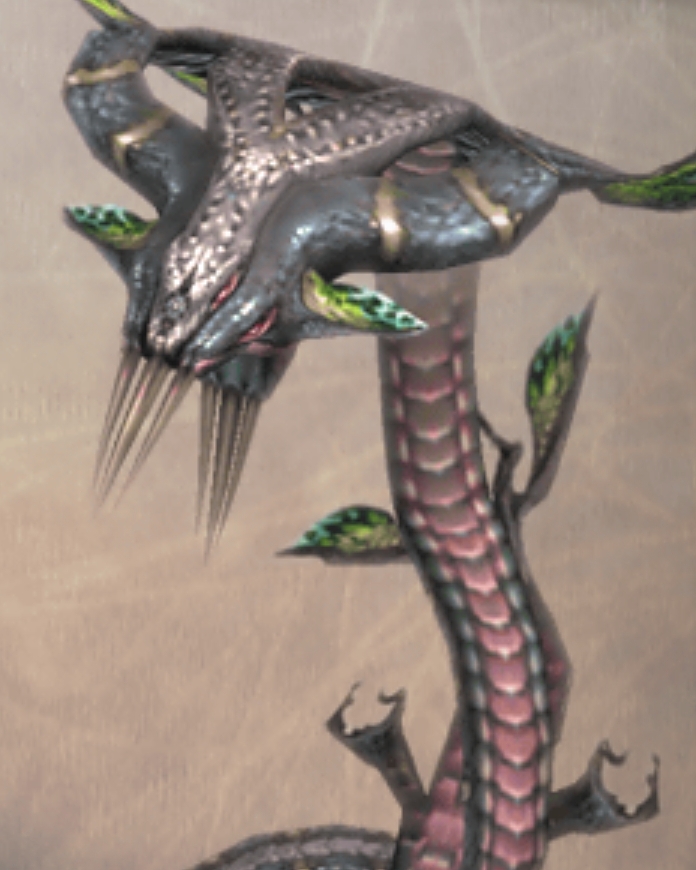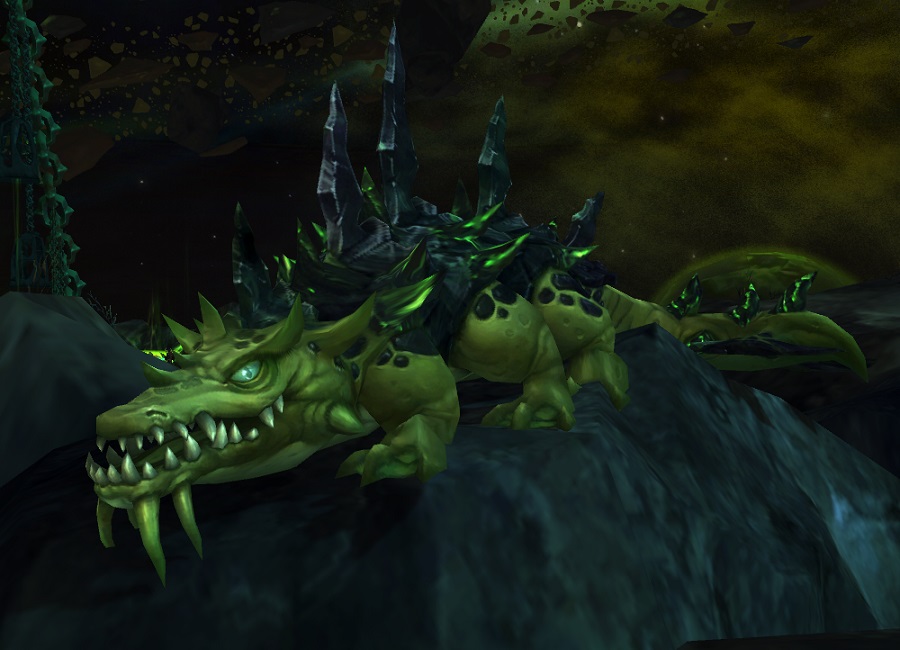

Theophilus Presbyter gave a long recipe in his book, the Schedula diversarum artium, for creating a compound to convert copper into "Spanish gold" ( De auro hyspanico). Alexander Neckam (died 1217) was the first to say that not the glare but the "air corruption" was the killing tool of the basilisk, a theory developed a century later by Pietro d'Abano. The Venerable Bede was the first to attest to the legend of the birth of a basilisk from an egg by an old cockerel other authors added the condition of Sirius being ascendant. Isidore of Seville defined the basilisk as the king of snakes because of its killing glare and poisonous breath. The cockatrice (pictured) became seen as synonymous with the basilisk when the "basiliscus" in Bartholomeus Anglicus' De proprietatibus rerum (ca 1260) was translated by John Trevisa as "cockatrice" (1397). The basilisk and the weasel, by Marcus Gheeraerts the Elder. The weasel destroys the basilisk by its odour, but dies itself in this struggle of nature against its own self. The animal is thrown into the hole of the basilisk, which is easily known from the soil around it being infected. To this dreadful monster the effluvium of the weasel is fatal, a thing that has been tried with success, for kings have often desired to see its body when killed so true is it that it has pleased Nature that there should be nothing without its antidote. It was formerly a general belief that if a man on horseback killed one of these animals with a spear, the poison would run up the weapon and kill, not only the rider, but the horse, as well. It destroys all shrubs, not only by its contact, but those even that it has breathed upon it burns up all the grass, too, and breaks the stones, so tremendous is its noxious influence. When it hisses, all the other serpents fly from it: and it does not advance its body, like the others, by a succession of folds, but moves along upright and erect upon the middle. It has a white spot on the head, strongly resembling a sort of a diadem. It is produced in the province of Cyrene, being not more than twelve fingers in length. There is the same power also in the serpent called the basilisk. He describes the catoblepas, a monstrous cow-like creature of which "all who behold its eyes, fall dead upon the spot", and then goes on to say, One of the earliest accounts of the basilisk comes from Pliny the Elder's Natural History, written in roughly 79 AD. It has a venomous strike and in some versions of the myth, it has the ability to breathe fire. In Medieval Europe, the description of the creature began taking on features from cockerels. The basilisk is alleged to be hatched by a cockerel from the egg of a serpent or toad (the reverse of the cockatrice, which was hatched from a cockerel's "egg" incubated by a serpent or toad). Stories of the basilisk show that it is not completely distinguished from the cockatrice. The basilisk is called "king" because it is reputed to have on its head a mitre, or crown-shaped crest. It is possible that the legend of the basilisk and its association with the weasel in Europe was inspired by accounts of certain species of Asiatic snakes (such as the king cobra) and their natural predator, the mongoose.Ĭity seal of Zwolle from 1295 with the Archangel Michael killing a basilisk The basilisk's weakness is the odor of the weasel, which, according to Pliny, was thrown into the basilisk's hole, recognizable because some of the surrounding shrubs and grass had been scorched by its presence.

According to the Naturalis Historia of Pliny the Elder, the basilisk of Cyrene is a small snake, "being not more than twelve fingers in length", that is so venomous, it leaves a wide trail of deadly venom in its wake, and its gaze is likewise lethal. In European bestiaries and legends, a basilisk ( / ˈ b æ s ɪ l ɪ s k/ or / ˈ b æ z ɪ l ɪ s k/ ) is a legendary reptile reputed to be a serpent king, who can cause death with a single glance.

Woodblock print of a basilisk from Ulisse Aldrovandi, Serpentum, et draconum historiae libri duo, 1640


 0 kommentar(er)
0 kommentar(er)
